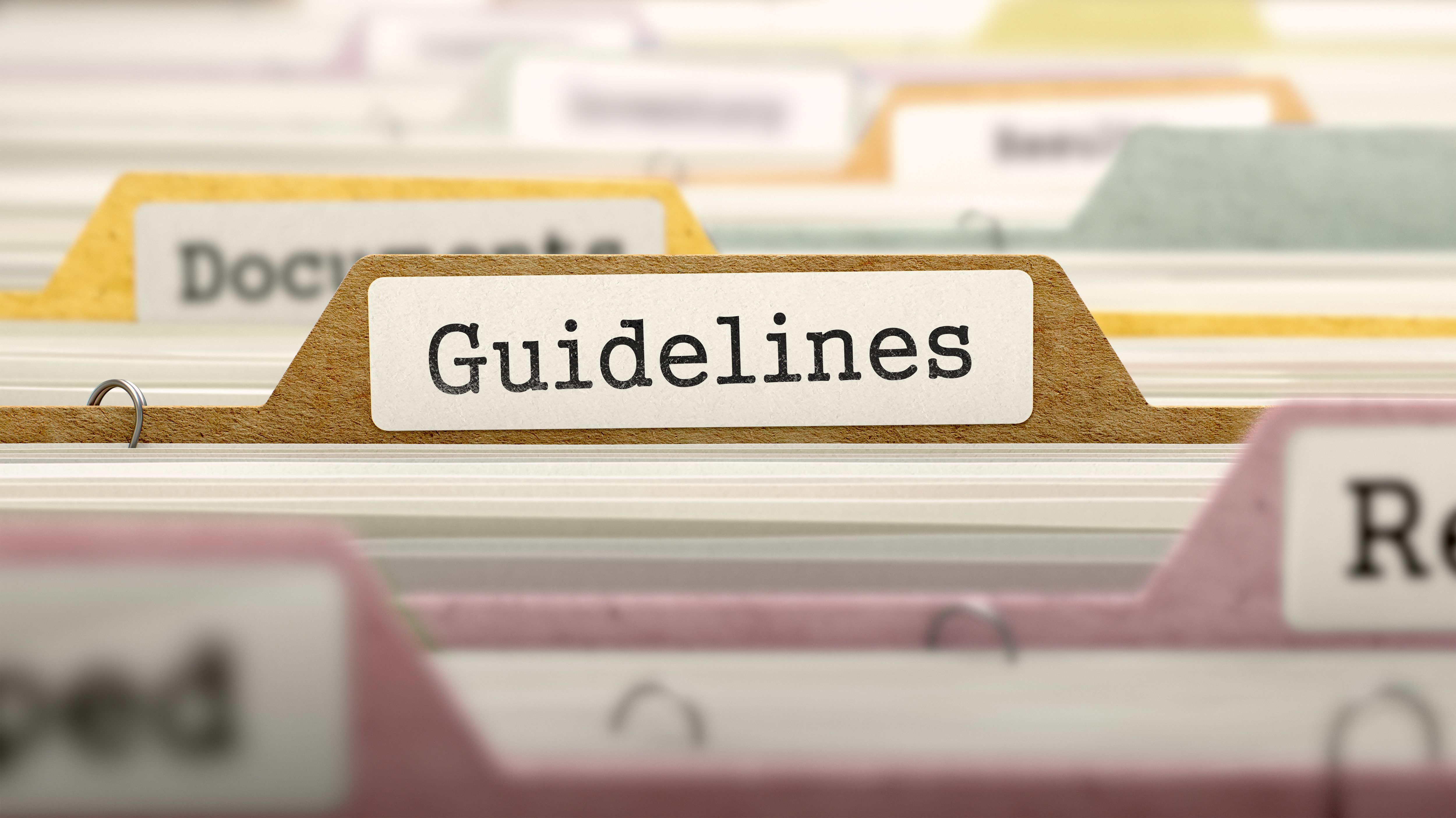- Clinical Technology
- Adult Immunization
- Hepatology
- Pediatric Immunization
- Screening
- Psychiatry
- Allergy
- Women's Health
- Cardiology
- Pediatrics
- Dermatology
- Endocrinology
- Pain Management
- Gastroenterology
- Infectious Disease
- Obesity Medicine
- Rheumatology
- Nephrology
- Neurology
- Pulmonology
New Guideline from ACP, AAFP on Treating Acute Musculoskeletal Pain in Adults
The new joint guideline recommends topical NSAIDs as first-line therapy for treating acute pain from non-low back musculoskeletal injuries in adults.
©tashatuvango/stock.adobe.com

The American College of Physicians (ACP) and the American Academy of Family Physicians (AAFP) released a new guideline recommending topical nonsteroidal anti-inflammatory drugs (NSAIDs) with or without menthol gel as first-line therapy for treating acute pain from non-low back musculoskeletal injuries in adults.
The evidence-based guideline—published in Annals of Internal Medicine on August 18, 2020—also suggests that oral NSAIDs, acetaminophen, specific acupressure, or transcutaneous nerve stimulation are effective treatments. The guideline suggests against prescribing opioids, including tramadol, except in cases of severe injury or intolerance to first-line therapies due to the long-term addiction and overdose risk associated with their use.
“As a physician, these types of injuries and associated pain are common, and we need to address them with the best treatments available for the patient. The evidence shows that there are quality treatments available for pain caused by acute musculoskeletal injuries that do not include the use of opioids,” said Jacqueline W. Fincher, MD, president, ACP, in a press release. “There are a number of recommended interventions that are not opioids to choose from, and topical NSAIDs should be the first line of treatment.”
Evidence has shown that topical NSAIDs were among the most effective treatments for pain reduction, physical function, treatment satisfaction, and symptom relief and were not associated with any significant harms.
“This guideline is not intended to provide a one-size-fits-all approach to managing non-low back pain,” said Gary LeRoy, MD, president, AAFP, in the same press release. “Our main objective was to provide a sound and transparent framework to guide family physicians in shared decision making with patients.”
The joint guideline is based on a systematic evidence review of the comparative efficacy and safety of non-pharmacological and pharmacological management of acute pain from non-low back musculoskeletal injuries in adults in the outpatient setting and a systematic review of the predictors of prolonged opioid use, according to the press release.
